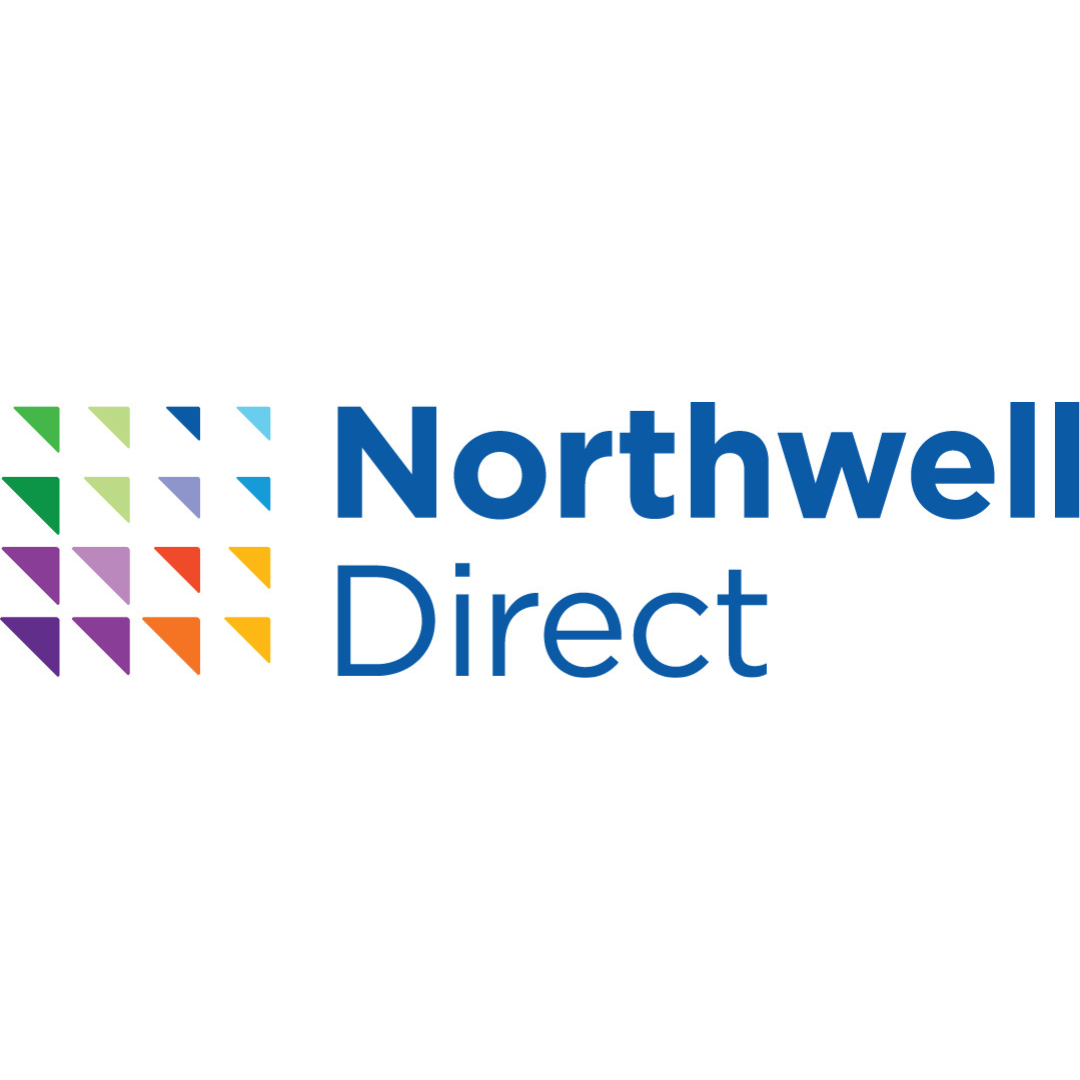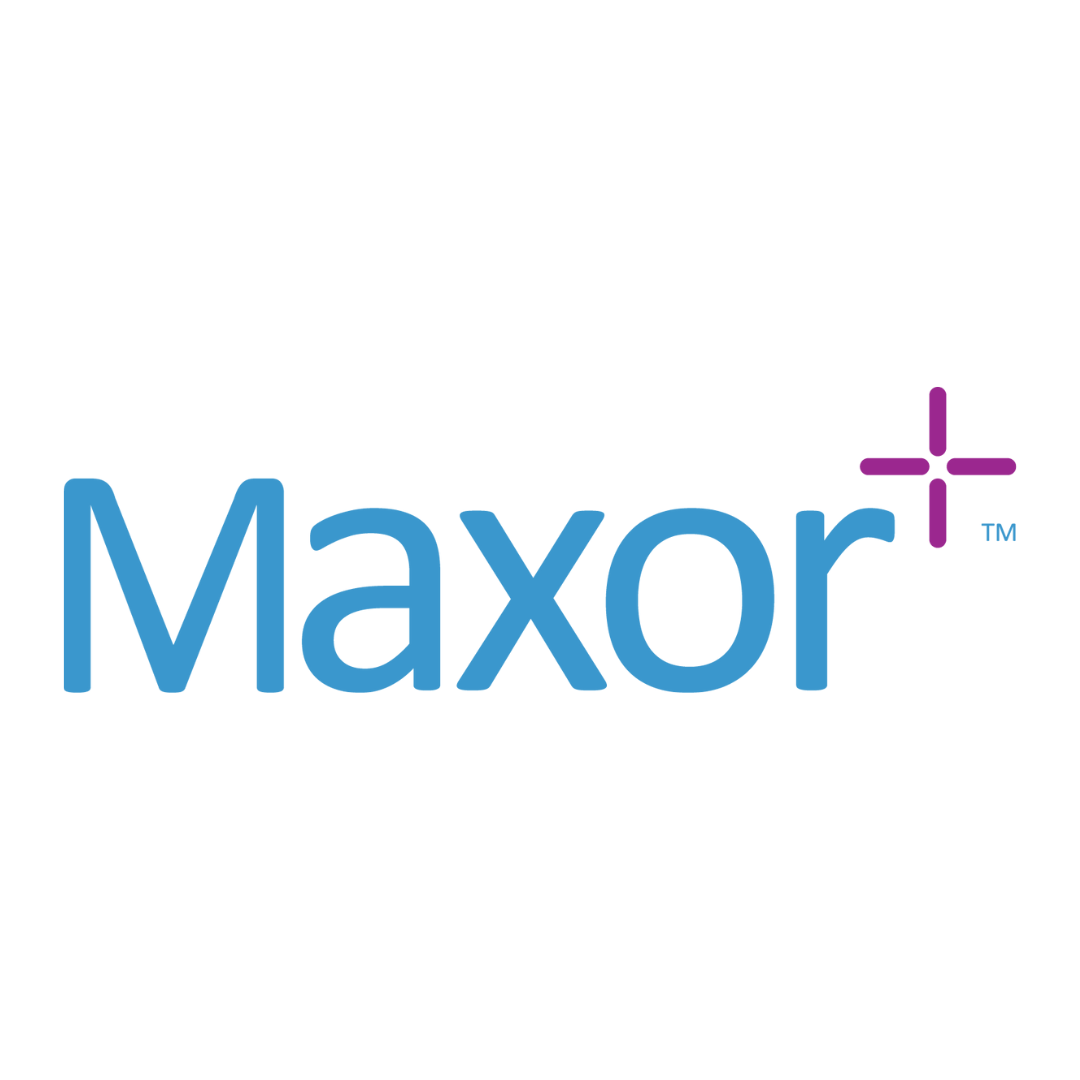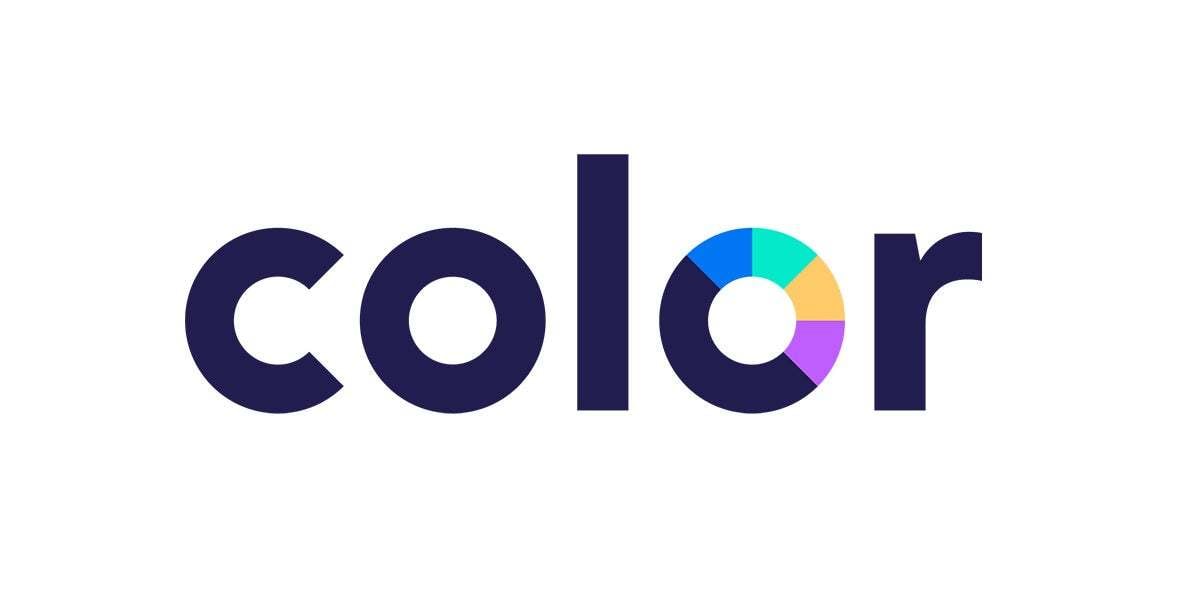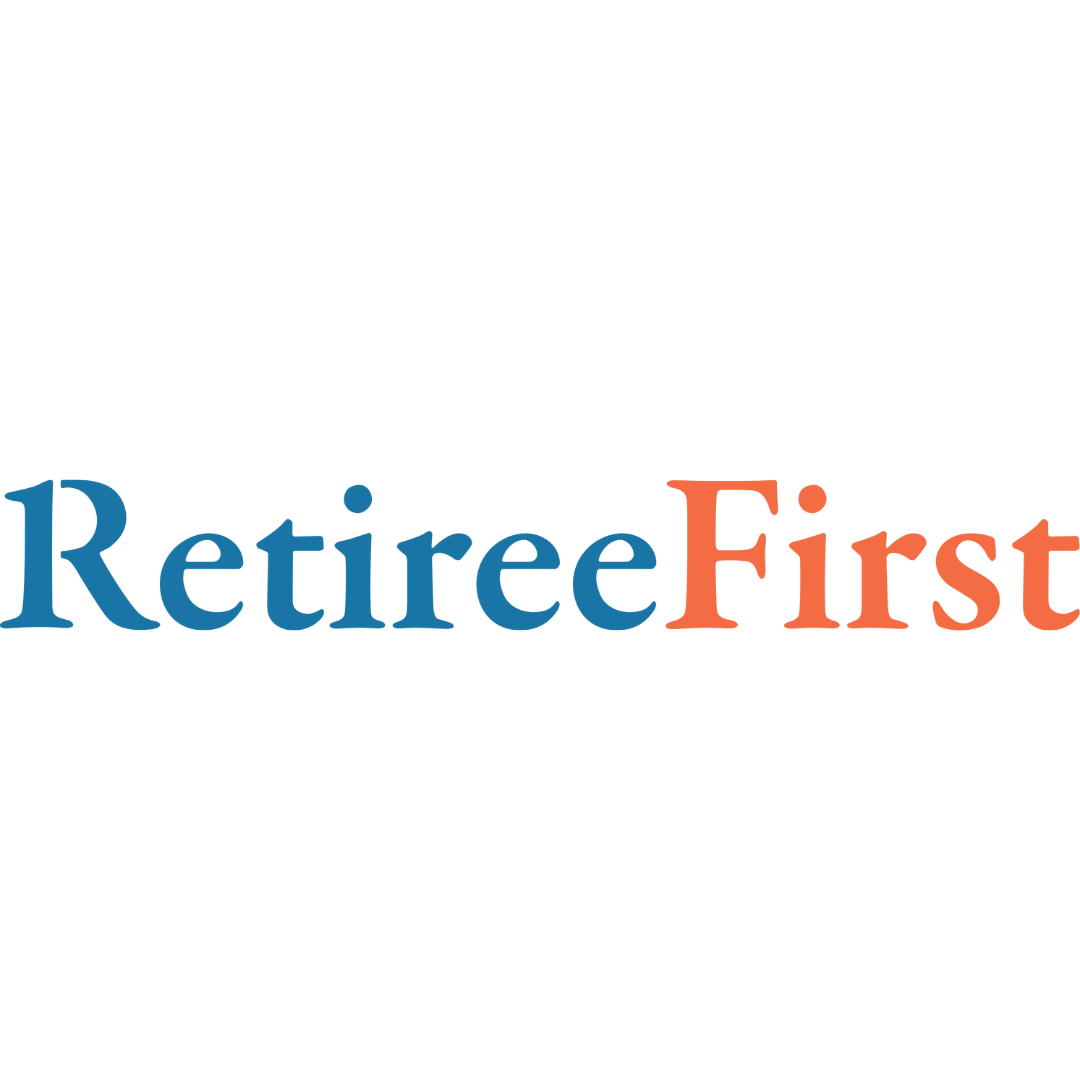Seniors & Heart Health: Older Women Are at Disproportionate Risk
Hello Heart
Staff
3 Factors Influencing Women’s Heart Health
Women make up the majority of the U.S. population and people over 65.1 More women die from cardiovascular disease (CVD) than from all cancers combined2 and their risk increases with age.3 Women over 65 are disproportionately impacted by CVD. In the AHA 2019 Heart Disease and Stroke Statistical Update, the incidence of CVD was reported to be 77.2% in males and 78.2% in females, from ages 60–79 years.4 Additionally, the incidence of CVD was reported to be 89.3% in males, and 91.8% in females, in adults above 80 years of age.4
1. Higher Susceptibility & Incidence
Women experience increased susceptibility to and incidence of CVD because they are:
- More likely to have high blood pressure (HBP) after menopause5; Black women are more than 50% more likely to have HBP than White women.6
- At increased risk of developing high cholesterol after age 60.7
- Older when they experience their first cardiac “event” and may have other conditions and comorbidities.8
- More likely to have a second heart attack or a stroke.9
- Twice as likely to die from complications of a heart attack than men.10
While age is an independent risk factor for CVD in both men and women, older women are more prone to heart-disease related complications.4 Thanks to hormones, prior to menopause, women are relatively protected from cardiovascular disease. However, the decline of estrogen that comes with menopause reduces this protection, putting women at greater risk for CVD.
2. Unconscious Systemic & Personal Bias
Implicit gender bias contributes to disparities in administering cardiac tests for women being evaluated for coronary artery disease.11 More than half (53%) of women who had a heart attack report that their providers didn’t recognize their heart attack symptoms as heart-related.12 That may explain why women have to wait longer for cardiac catheterization.13 The situation is even more dire for Black women, who bear these burdens alongside systemic, long-term inequities in access to affordable and appropriate care.14
3. Gaps in research
Until 2001, the majority of medical research excluded women and anyone who is non-white.15 The longstanding underrepresentation of women and women of color in major cardiovascular research and clinical trials leads to under-treatment and ineffective care.16, 17
Get additional insights on the specific factors influencing women’s heart health.
Digital Health Can Contribute to Health Equity
Hello Heart published user outcomes data showing reductions in average systolic BP that exceed improvements by users of other digital hypertension management solutions in the marketplace with published data18 -- regardless of age.19 Additional data20 show:
- An average 17.1 mmHg reduction in systolic blood pressure within six months for users 65+ years old with stage-2 hypertension compared to an average reduction of 16.6 mmHg for the full user group during the same timeframe.
- Nearly identical percentages of stage 2 hypertension Hello Heart users who reduced their systolic blood pressure: 83.7% (users <65) and 83.6% (users 65+), with highly overlapping confidence intervals of 95%.
- Regardless of birth-gender, users experience a clinically similar reduction in systolic blood pressure. This indicates that while hypertension might be more common in women over the age of 65, gender doesn’t impact one’s ability to reduce systolic blood pressure with Hello Heart.
These disparities already have serious societal and financial implications. And the impact is expected to increase as more Baby Boomers enter the 80-and-over age bracket -- the group that accounts for largest cost increases related to CVD.21
Contact us to find out how Hello Heart can help you advance health equity, generate thousands in potential savings per participant, and empower older women in your population to achieve better outcomes.
Let’s work to create a healthier digital future for seniors – together.
Hello Heart is not a substitute for professional medical advice, diagnosis, and treatment. You should always consult with your doctor about your individual care.






























